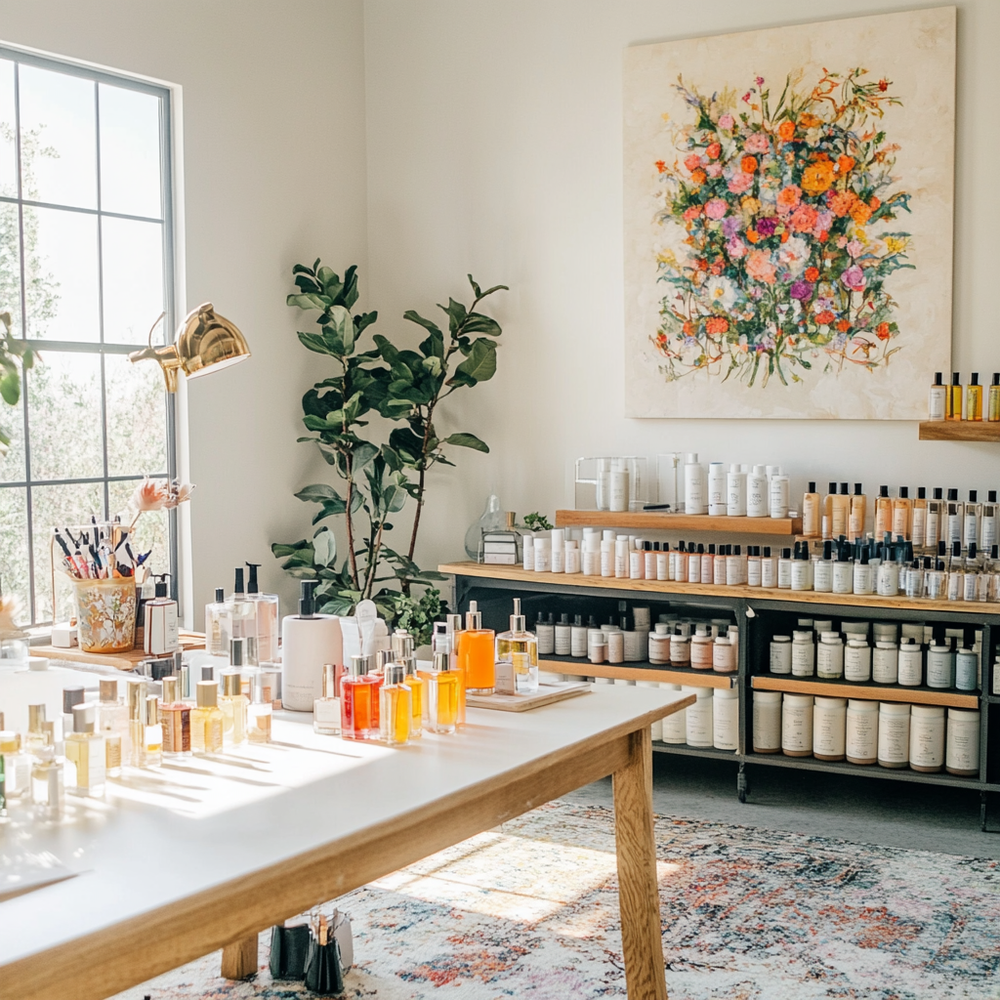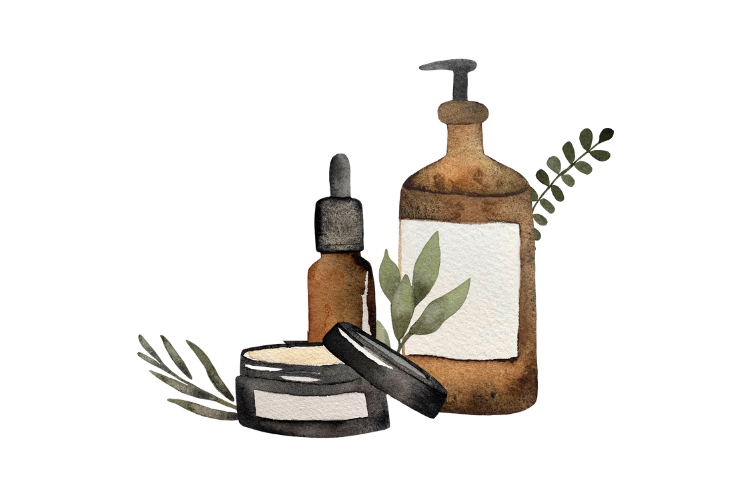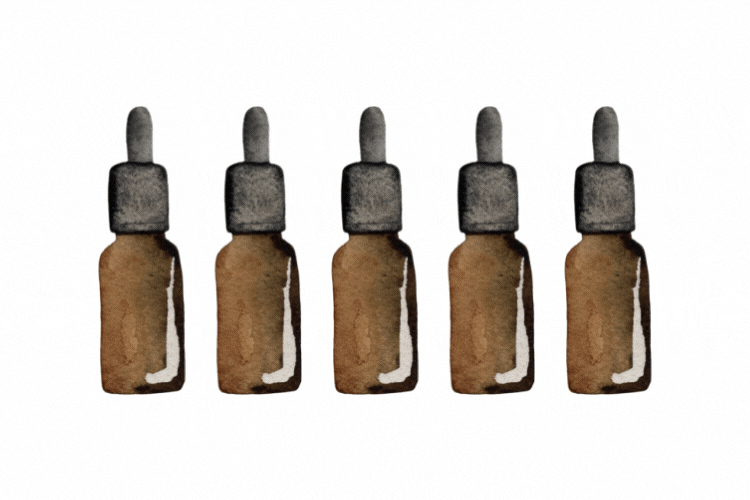9 Best Sage Clean Perfumes
Everything You Need To Know About Sage | Salvia Officinalis
Group: Greens | Herbs | Fougeres
Odor profile: savory, aromatic culinary note with hazy, soft and mildly peppery aspects belonging to the salvia family
Sage is an aromatic herb that comes from the mint family whose leaves give them their signature pungent scent. You’ll typically find this plant growing in the Mediterranean. Sage is an ancient herb that we’re seeing everywhere, especially beauty products and skincare, with sage perfumes becoming a must-have. You might even have cooked with sage before, as it’s a popular herb used to flavor meat. We’re going to tell you everything you need to know about this plant and what we used it for before sage perfumes became a trend.
Sage Uses and Benefits
For generations, we have used sage leaves as a tonic in tea to help stimulate brain function. Now, sage tea is known for its antioxidant properties, which help to promote skin health. Sage can even reduce the risk of illnesses like heart disease and type 2 diabetes.
Sage is a popular herb to add to food as it helps with digestive problems, including heartburn, and can improve your appetite.
You can use sage in its natural form to treat skin concerns like cold sores and to help with asthma and other breaking issues.
In skincare products, sage is utilized to protect your skin cells from free radicals that can cause breakout and irritation. As sage is an antioxidant and anti-inflammatory, it can soothe redness and tackle acne breakouts.
Sage perfumes are becoming increasing popular, and you’ll often find the herb included in the ingredient list of best-selling colognes and fragrances.
Sage is a herb with a rich and unique history. In Ancient Egypt, it was used to treat infertility while the Greeks used it to heal wounds. Sage became used more commonly for a variety of health concerns during the medieval era.
Fun Fact
Did you know that in Medieval Europe, they believed that sage helped improve your memory and improved your knowledge?
Plant Description
You can recognize sage for its green leaves that have a grey tint, which contrasts against the flowers of the plant that range between blue and pink. There are more than 900 different species of sage. The herb first came to popularity in Ancient Egypt before experiencing a resurgence during the medieval era in Europe when it was used to treat health-related issues.
Chemistry of Sage
We commonly use Sage for its antioxidant and anti-inflammatory properties, so it’s no surprised to see these kinds of compounds in its chemistry. Sage contains bornyl acetate, which helps support your body’s nervous system and camphene, a component known to help with pain relief and inflammation.
Sourcing
You will typically find sage cultivated in the Mediterranean, although it can be grown anywhere with a warm climate. Commercial growers of sage traditionally harvest the herb twice or three times a year, as they consider it to be a specialty.
The sourcing of sage is a competitive industry as the herb is becoming as popular as lavender. You’ll find the highest volume of sage available in August, which is when farmers have their second sage harvest of the year. Given its rarity, you'll often find sage perfumes from luxury perfume houses like Gucci, Dior and of course, Wicked Good.
11 Best Perfumes with Sage Notes
































Leave a comment